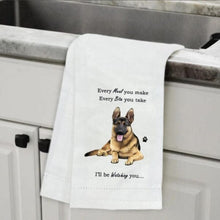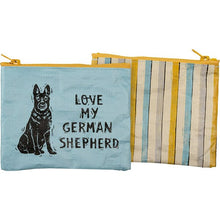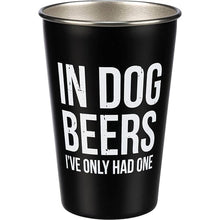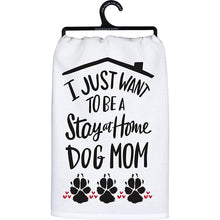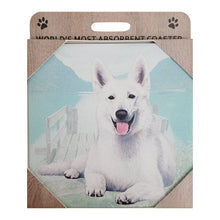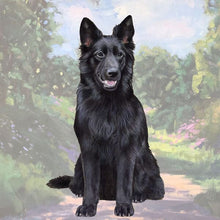6 Simple DO’S And DON’TS When Training Your German Shepherd

DO teach your dog what "yes" means. Most dogs learn that "yes" is a positive thing over time from our tone and excited behavior. But you can fast track the learning process by simply saying "yes" for anything you deem to be good behavior. If your dog is sitting quietly? "Yes" and reward. If your dog is playing with its toy instead of chewing something it shouldn't? "Yes" and reward. When loading the "yes," you never ask the dog to perform a behavior, you simply reward behavior it does naturally and teach the dog that your praise word is a positive thing that comes with reward.
DON'T move too quickly. Don't assume a dog knows a behavior just because they do it fairly reliably. Before you correct a dog for not completing a task, exercise, or command, make sure you've done enough repetitions to where there is no doubt that the dog truly knows what's being asked of it. As a good rule of thumb, if you think your dog has an exercise nailed? Do 100 more repetitions before you correct the dog for not doing what you asked of it. Until then, stick with your praise word and treats.
DO try to move to a toy reward after your dog understands a training exercise or command. Rewarding with a toy is more personal and engaging. Get a ball on a rope and a tug and see which one your dog gets most excited over. You can still use both by switching them out to add variety and enrichment during training. Also, both the ball and tug have advantages over one another when training certain behaviors. It's imperative that you teach a strong "Out" command when using a toy in training. From there, work on a reliable retrieve before you throw the toy as a reward, otherwise training sessions will be chaos as you have to wrestle the toy back from your dog to continue training, or walk your dog down as it playfully runs from you with its toy.
DON'T stop giving treats entirely. Training every day and doing the same things can get boring for your dog. Mix things up. Maybe a treat here, a game of tug there, a chance to chase the ball after that. Mix it up to keep it exciting. It should also be noted that food is the better option when teaching new behaviors because it's quicker and can be used for "luring." But when simply doing daily maintenance on training, which you should be doing; a toy reward is far superior.
DO train every day that you physically can. It's fun for you and your dog. It's exercise for both of you. It gives enrichment to your dog's life and stimulates their mind, and it keeps your dog's memory fresh. The building of trust and understanding in the bond you create training and working with your dog will be tenfold that of a person who doesn't train often. You lead a much more interesting life than your dog. While you're at work, your dog is at home and fairly bored, even if you have tons of toys for them or give them lots of exercise. Be sure to stimulate their mind by taking time every day to exercise and train them. You'll have a much happier, healthier, and obedient dog.
DON'T over train. Don't train for hours on end. Training once your dog's energy or focus have run out is detrimental. For puppies, three to five 5-minute sessions a day are plenty. For an adult two or three 10-minute sessions are plenty. Dogs with high drive can handle more time than that before losing focus, so it's okay to try to stretch out that 10-minute time frame a little to find your dog's limits if they have exceptional drive. But if your dog starts to lose interest, end the session or you risk going backwards in your training.
















